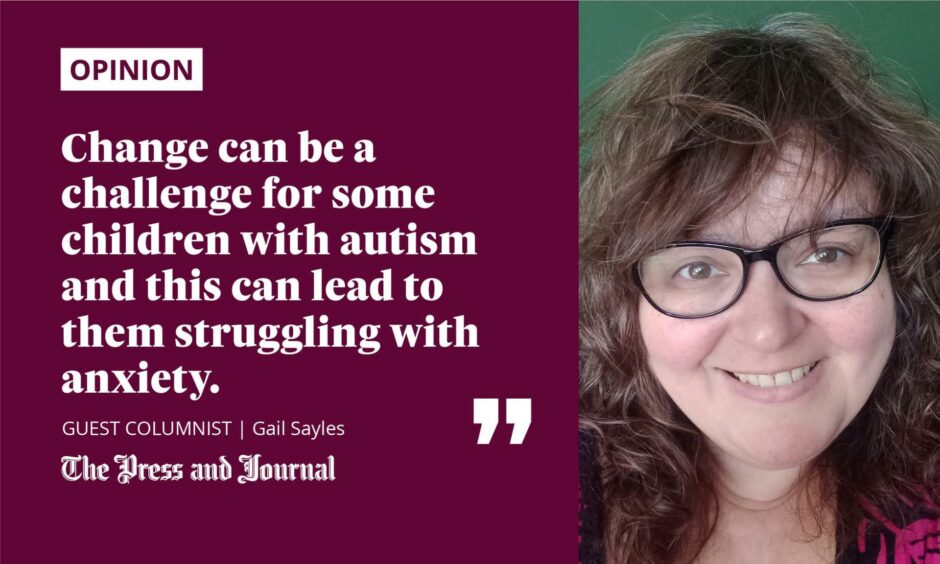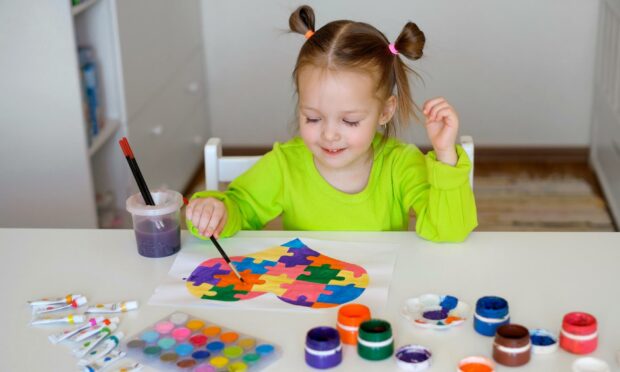This week marks World Autism Acceptance and Awareness Week in its 60th anniversary year. It’s a vital opportunity to celebrate and encourage awareness and education of how it can affect how people communicate and interact.
Caring for a child with additional support needs can be challenging and the pandemic has produced many more difficulties by changing routines and support being less accessible as before.
Some children’s routines are still not back to what they were, and this only adds even more pressure on parents and carers.

Every child with additional support needs will have their own likes and dislikes and will require different kinds of help and support. But we have some advice to help you and your child find ways to cope together.
Planning the day ahead
It’s always important to include your child when thinking about how you structure the day and various activities you can do together. This might be something that your child loves doing, like artwork or playing games which can become part of their daily routine.
These could include a ‘Now and Next’ board, using two pictures to show what’s happening now and what your child will be doing next. A visual timetable, using pictures could also help plan the day ahead.
What does World #AutismAcceptanceWeek mean to you?
– Understanding
– Equality
– Inclusion
– Appreciation
– CelebrationWe wanted to hear from autistic people, their families, and autistic professionals about what acceptance means to them. Here’s what they had to say 👇🏼 pic.twitter.com/C1ER2nWOKW
— National Autistic Society (@Autism) March 29, 2022
Children with autism benefit from different types of activities. While some young children may benefit most from short activities for just a few minutes, an older child might find activities they can get really absorbed in for a long time more helpful.
This doesn’t mean parents should suddenly worry about creating lots of new activities. Repeating activities is important to ensure that your child feels comfortable, confident, and continues to enjoy them. Practical, fun activities which involve different senses can be the most engaging.
Resources to help children with autism
Change can be a challenge for some children with autism and this can lead to them struggling with anxiety. It can be harder for them to express their feelings, but there are things that can help.
Twinkl has lots of resources available to encourage your child to share how they are feeling. There’s something to help every child from their early years to their teenage years.
It’s normal for parents and carers to worry about their child’s care but it’s also important to take time for yourself and look after your own mental health.
Our NSPCC helpline is here to support all parents who would like some advice on parenting.
Childline is also here for children and young people, for free and confidential advice, on 0800 1111 or at www.childline.org.uk
Gail Sayles is the Local Campaigns Manager for NSPCC Scotland
